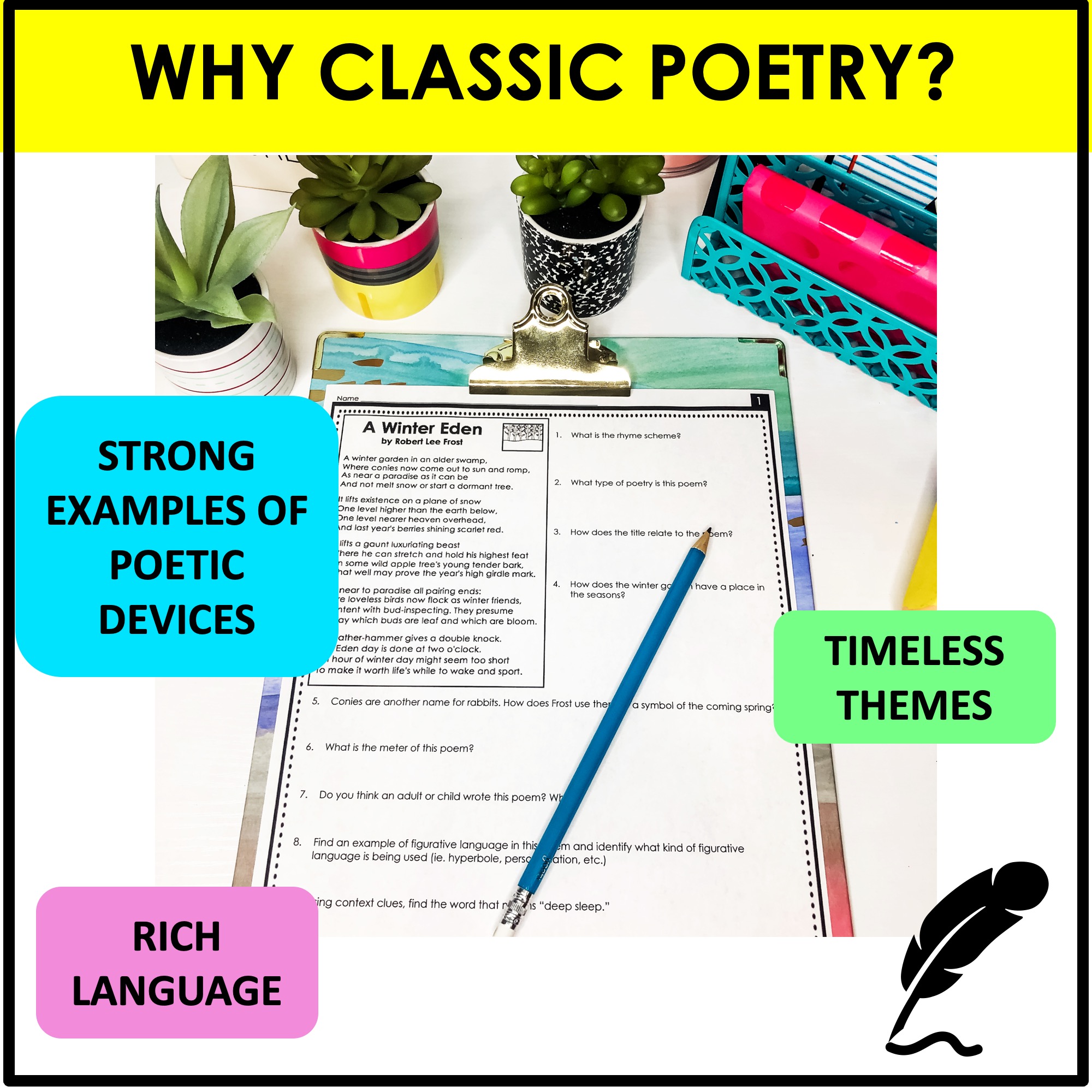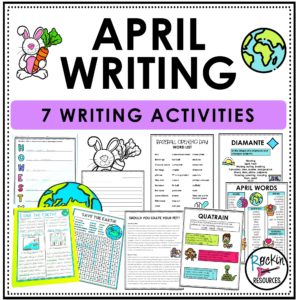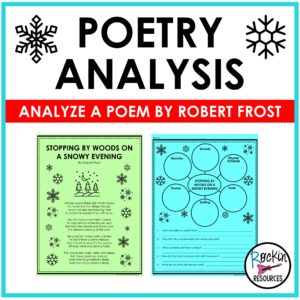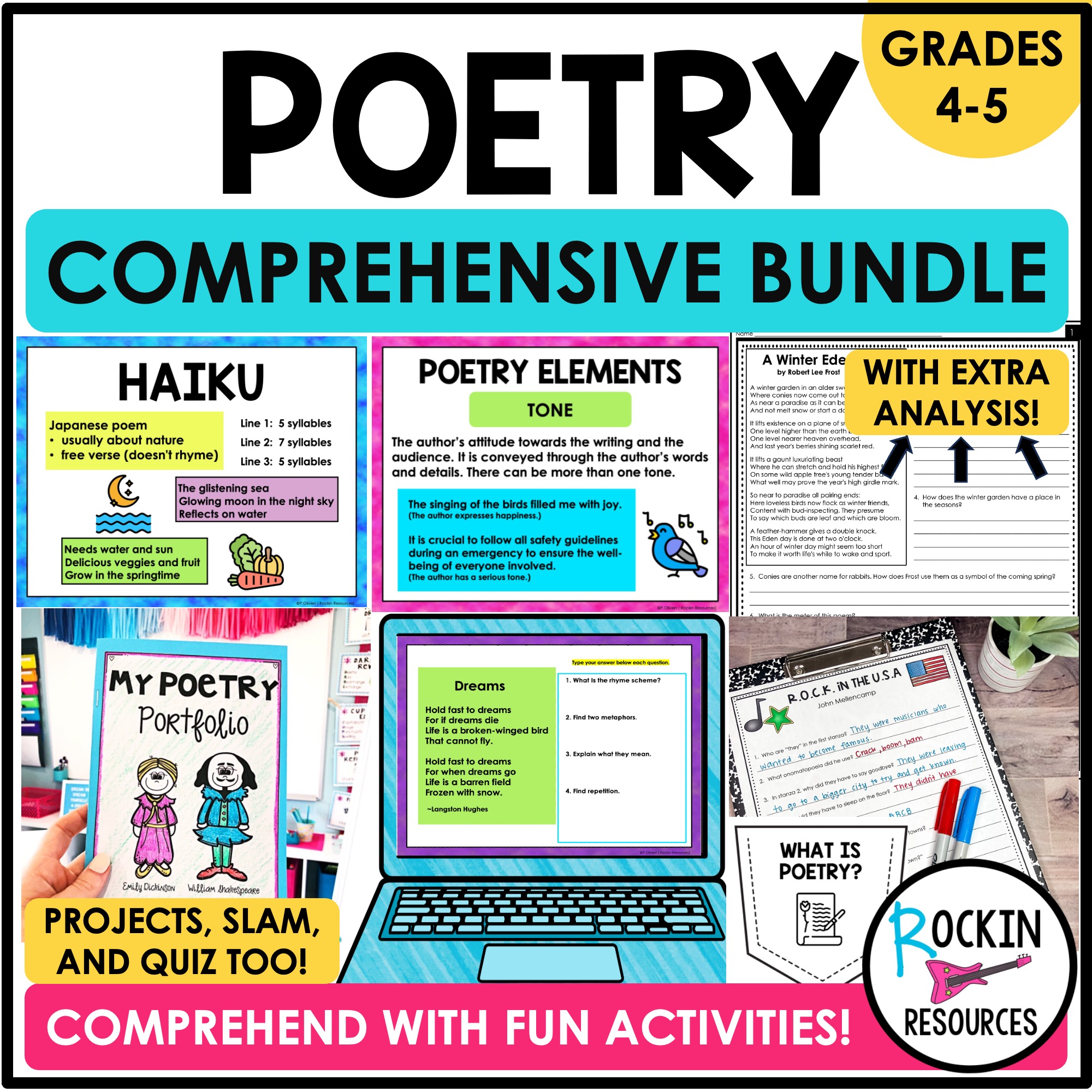What’s Included:
✓ 10 carefully selected classic poems
✓ 10 sets of text-dependent questions (one for each poem)
✓ 1 writing prompt per poem to encourage literary analysis and response
✓ 3 bonus compare-and-contrast poem sets (with additional paired poems)
✓ Available in PDF, PowerPoint, and Google Slides for flexible classroom use—perfect for print, centers, or digital learning
This resource is ideal for test prep, guided reading, writing workshops, or literary analysis units. It’s an engaging and meaningful way to bring the power of classic poetry into your ELA classroom.
How can you use the Google Version?
1. Click on the link provided, and it will automatically ask you to create your own copy for Google Classroom.
2. Students then click on the link to create their own copy to fill in.
3. They can send it back to you or print it.
What skills are covered?
1. Prediction
2. Comprehension/Context Clues
3. Title
4. Message/Theme/Lesson/Moral
5. Describe the narrator: Age, personality, interests, character traits etc.
6. Mood and Tone
7. Rhythm
8. Setting
9. Visualizing
10. Connection: Text-to-self, Text-to-text, Text-to-world
11. Compare and Contrast
12. Meter: For meter, if you haven’t introduced the types of meter, you can ask the students to count the iambs or syllables instead. I provided answers for all of them.
13. Make Inferences
14. Author’s Purpose
15. Lesson or moral
16. Type of Poem
17. Repetition
18. Verse
19. Structure
20. Figurative language/Words and Phrases
Similes
Metaphors
Alliteration
Onomatopoeia
Personification
Idioms
Hyperbole
Poems Included:
1. A Winter Eden by Robert Lee Frost
2. The Bean-Stalk by Edna St. Vincent Millay
3. Casey at Bat by Ernest Lawrence Thayer
4. The Echoing Green by William Blake
5. The New Colussus by Emma Lazarus
6. Your World by Georgia Douglas Johnson
7. My Shadow by Robert Louis Stevenson
8. A Bird Came Down the Walk by Emily Dickinson
9. Crow in the Field by Mary Culler
10. The Beak of the Pelican by J. Patrick Lewis
11. Fog by Carl Sandburg
12. The Cloud by Percy Bysshe Shelley
13. The Jumblies by Edward Lear
14. Limerick 1 by Edward Lear
What Common Core Standards are covered?
RL.4.5: Explain major differences between poems, drama, and prose, and refer to the structural elements of poems (e.g., verse, rhythm, meter)
Examples: Students refer to the structural elements (e.g., verse, rhythm, meter) of Ernest Lawrence Thayer’s “Casey at the Bat” when analyzing the poem and contrasting the impact and differences of those elements to a prose summary of the poem.
RL.5.4: Determine the meaning of words and phrases as they are used in a text, including figurative language such as metaphors and similes.
RL.5.5: Explain how a series of chapters, scenes, or stanzas fits together to provide the overall structure of a particular story, drama, or poem.
Examples: Students determine the meaning of the metaphor of a cat in Carl Sandburg’s poem “Fog” and contrast that figurative language to the meaning of the simile in William Blake’s “The Echoing Green.”
RL.6.4: Determine the meaning of words and phrases as they are used in a text, including figurative and connotative meanings; analyze the impact of a specific word choice on meaning and tone
RL.6.5: Analyze how a particular sentence, chapter, scene, or stanza fits into the overall structure of a text and contributes to the development of the theme, setting, or plot.
Thank you for visiting my store!
Pam







